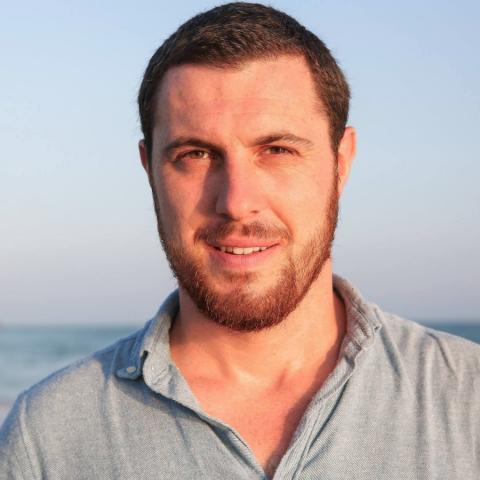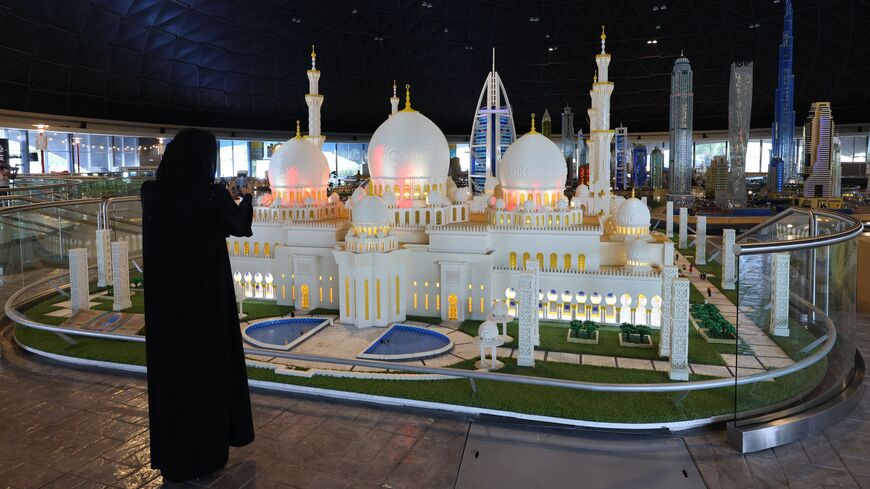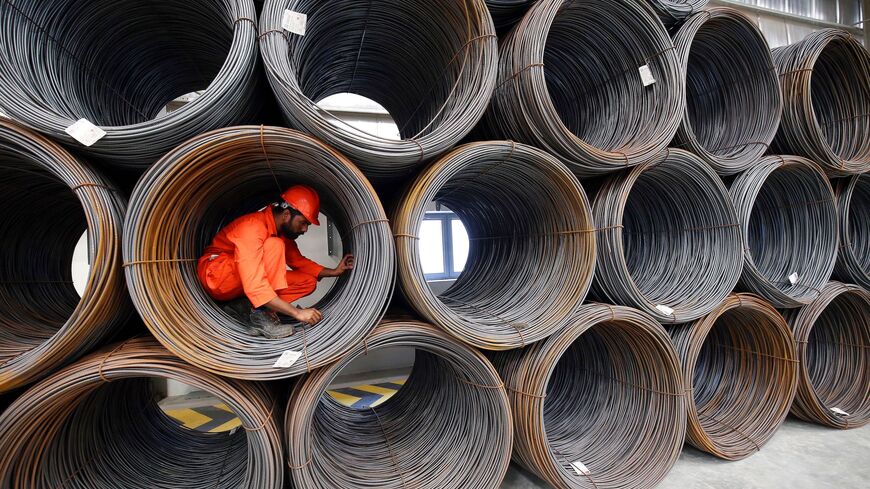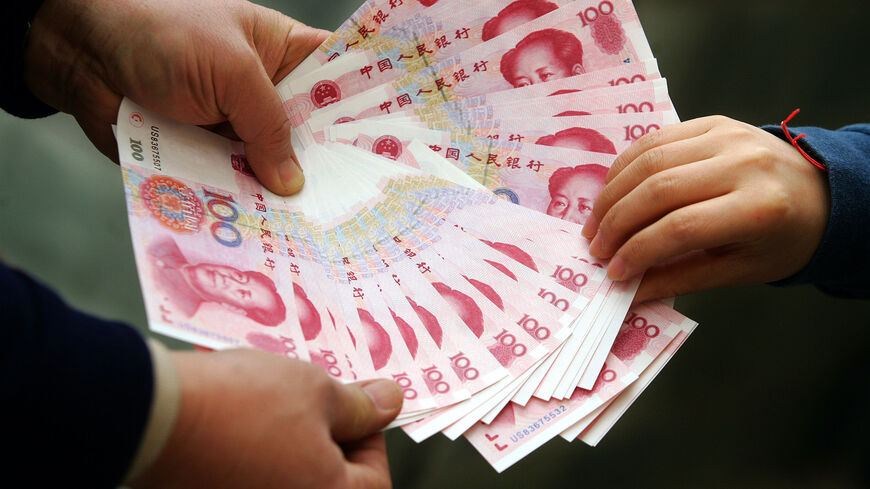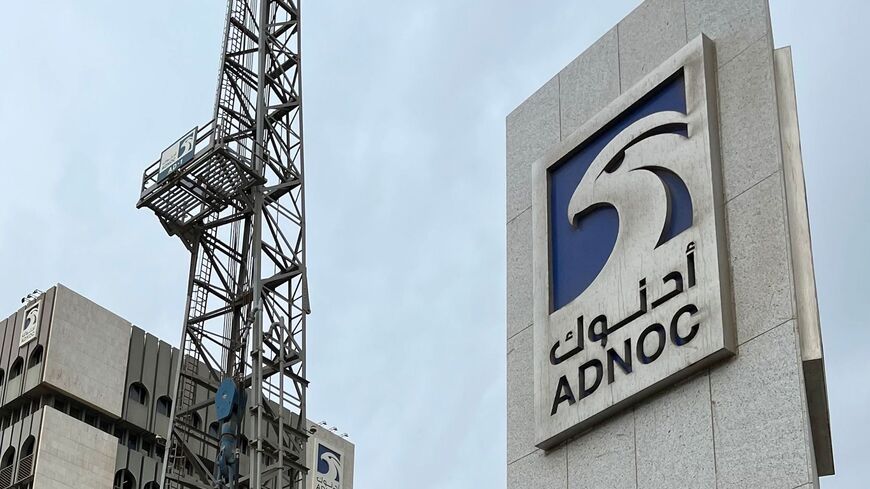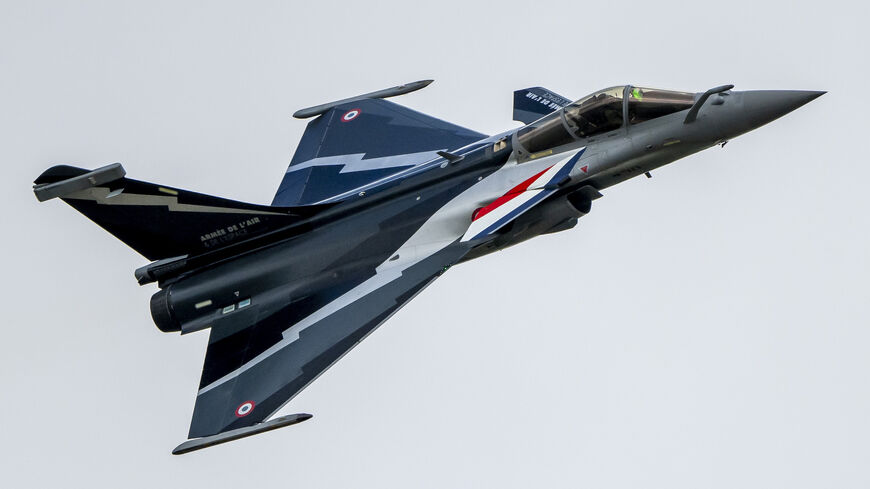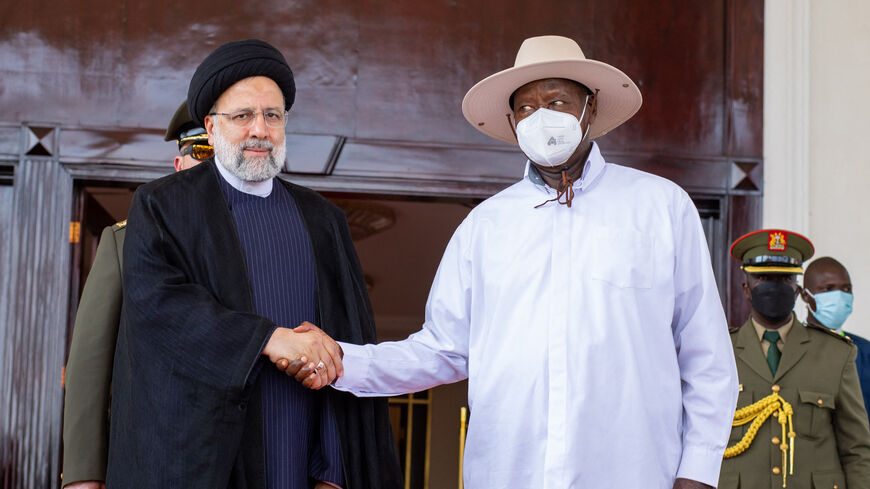US rate hikes make Gulf sovereign wealth funds go-to source for capital
Al-Monitor Pro Members
Sebastian Castelier
Business journalist covering Gulf economies
Nov. 23, 2022
Cash is no longer cheap. The US Federal Reserve delivered several “jumbo” interest rate hikes in 2022. Major central banks have followed suit and pivoted to quantitative tightening, possibly leading to the “biggest liquidity drain” in history. However, flush with cash from an oil windfall, Gulf sovereign wealth funds — which control more than $3 trillion worth of assets — are back at their 2007-2009 financial crisis playbook: financiers of last resort. The stated goal? Snap up assets across the world to swap part of the “oil rent” for an “assets rent.”
- As of mid-2022, Gulf sovereign wealth funds had acquired $28.6 billion worth of acquisitions outside the MENA region. For instance, Saudi Arabia’s Public Investment Fund (PIF) boosted its holding of US stocks by $7.5 billion in the second quarter of 2022 and planned to hire a team of about 50 staff in New York City. Between 2017 and June 2022, the $607 billion fund’s allocation to international investments jumped 2.5 times, from 9% of total assets to 23%.
- Flows of Gulf money are here to stay, at least for now. GCC countries’ fiscal balance is projected to register a surplus of 5.3% of gross domestic product in 2022. Unlike past oil booms, Gulf states have so far refrained from expanding the public payroll and stuck to fiscal discipline. “Less handouts to the people, more money in the institutions,” analyzed Michael Maduell, president of the Sovereign Wealth Fund Institute (SWFI).
- “Wall Street still sees Gulf sovereign wealth funds as up there with other large investors, like pension funds,” said Rachel Ziemba, a New York City-based macro strategist with GCC expertise, including asset allocation, and past work relations with Gulf sovereign wealth funds. She said no evidence points to Gulf states divesting in a big way from US markets. But Gulf sovereign wealth funds’ $3 trillion in assets are but a drop in the ocean: Since November 2021, Bank of America said $46 trillion in stock and bond global market value got erased.
- The Gulf’s investment strategy evolved, though, shifting from a preference for “portfolio funds” that buy numerous small stakes in a lot of companies to “investing in a more strategic and concentrated way,” Ziemba told Al-Monitor. “In Abu Dhabi, it is not the portfolio funds like the Abu Dhabi Investment Authority that are getting new capital; it is Mubadala,” she added.
- Just like the PIF, Emirati sovereign investor Mubadala embodies a “new” generation of more agile Gulf sovereign wealth funds. Long gone are the days of holding onto assets forever. “Institutional investors are now mature and sophisticated and able to cash out their position when they deem it beneficial,” sovereign wealth fund tracker Global SWF summarized. Also, expect investments to be more pragmatic. Maduell told Al-Monitor he foresees “less of the flashy investments” that Gulf wealth funds were notorious for in the mid-2000s.
- Gulf sovereign wealth funds are now hungry for deals that align with top domestic priorities. “Oman is likely trying to replicate the success of Saudi, UAE and Qatar in establishing agricultural ties with East African countries to reduce food insecurity. Oman Investment Authority (OIA) investments can be seen as a vehicle to deepen ties,” Dominic Pratt, country risk analyst at the Economist Intelligence Unit, told Al-Monitor. In June, the Omani sovereign wealth fund signed food security investment memorandums of understanding with Tanzania.
- The changing landscape has some implications. Ziemba said Saudi Arabia was “late to the strategic investment game,” but in recent years the PIF has “epitomized” a shift in Saudi foreign assets away from US Treasuries and into US equities. In other words, unload conservative assets for less conservative ones. The kingdom’s holding of US Treasuries dropped by a third between January 2020 and August 2022.
- But it is complex to accurately forecast how much of Gulf wealth will flow into global markets. How oil receipts are being “pumped in and out” of those opaque state-owned entities is not clear since data are not publicly available, Maduell said.
Scenario 1: Gulf sovereign wealth funds invest primarily at home. Gulf sovereign wealth funds have a dual role. On the one hand, their mandate is to create a long-term “assets rent” to move away from a dependence on oil revenues. As of Dec. 31, 2021, Abu Dhabi Investment Authority’s 30-year annualized rate of return was 7.3%.
On the other hand, they are tasked with financing Gulf states’ top-down strategies to jumpstart local economies that remain highly correlated to oil prices. The involvement of the PIF in the Saudi economy — data suggests the PIF have taken over the capital expenditure role from governments — illustrates this dynamic. As of June 2022, 77% of the PIF’s total assets were in Saudi Arabia, raising fears that the fund is overcrowding the private sector. The fund is now pushing ahead with plans to reduce its stakes in some companies to recycle capital into new industries. In Oman, Pratt said 62% of OIA’s assets are located in the sultanate.
Still, the Gulf's current economic structures can only absorb a limited inflow of sovereign investments. As of 2022, the six GCC countries’ cumulated GDP stands at $2 trillion, roughly the size of the Italian economy, or only about 2% of the world economy.
Scenario 2: Geopolitics drives allocations abroad, not economics. Yes, but not always. Gulf states have established a framework that “guides” sovereign wealth funds’ investment allocations “without fully determining” them, Pratt said. Yet the analyst highlights instances when geopolitical interests influence the investment thesis, such as OIA’s “overtly politicized” engagement with the UAE and Saudi Arabia in 2022. “This serves as a means of embedding ties that have recently been disrupted by areas of mutual suspicion (Qatar crisis, Iran tensions), solidifying the prospects of future financial support,” he said.
The Gulf states’ sovereign wealth is “a vital source of capital investment in their surrounding geography,” as well as to reverse a trend of intra-GCC financial disaggregation during the 2017-2021 GCC crisis. For instance, Saudi Arabia’s PIF considers bidding for network towers sold by Qatari telecommunications firm Ooredoo. Read Karen Young’s September 2022 Memo on this.
In 2023, fresh Gulf oil wealth is likely to keep flowing into global markets, although at a slower pace than in 2022 since Gulf sovereign wealth funds do not operate in a vacuum.
First, despite Saudi Arabia compelling OPEC+ to fight tooth and nail to keep oil prices elevated, rates rising at unprecedented speed is likely to have an adverse effect. Economists warn of an economic slowdown in 2023 that would sink energy demand and Gulf surpluses. Saudi Arabia's planning budget anticipates a surplus 10 times lower in 2023 than in 2022.
Second, Gulf sovereign wealth funds might be forced to slow investments abroad to double down on local non-oil projects that largely fail to attract substantial foreign direct investments. “I think there is a risk that a lot of sovereign wealth sort of ends up deployed there and the return on the capital might be limited,” Ziemba said, speaking about NEOM, the brainchild of Saudi Arabia Crown Prince Mohammed bin Salman. A reminder of the nature of those secretive entities: large pools of capital indirectly controlled by hereditary rulers.
Sebastian Castelier has been reporting on GCC countries since 2016, with a focus on how the oil-rich region navigates the long-term energy transition economically, socially and politically. He has been a contributor to Al-Monitor since 2019 and writes for various publications, including Haaretz, Al Jazeera, The Independent and Le Temps, among others.
We're glad you're interested in this memo.
Memos are one of several features available only to PRO Expert members. Become a member to read the full memos and get access to all exclusive PRO content.

Already a Member? Sign in
The Middle East's Best Newsletters
Join over 50,000 readers who access our journalists dedicated newsletters, covering the top political, security, business and tech issues across the region each week.
Delivered straight to your inbox.
Free
What's included:
Free newsletters available:
- The Takeaway & Week in Review
- Middle East Minute (AM)
- Daily Briefing (PM)
- Business & Tech Briefing
- Security Briefing
- Gulf Briefing
- Israel Briefing
- Palestine Briefing
- Turkey Briefing
- Iraq Briefing
Premium Membership
Join the Middle East's most notable experts for premium memos, trend reports, live video Q&A, and intimate in-person events, each detailing exclusive insights on business and geopolitical trends shaping the region.
$25.00 / month
billed annually
$31.00 / month
billed monthly
What's included:
Memos - premium analytical writing: actionable insights on markets and geopolitics.
Live Video Q&A - Hear from our top journalists and regional experts.
Special Events - Intimate in-person events with business & political VIPs.
Trend Reports - Deep dive analysis on market updates.
We also offer team plans. Please send an email to pro.support@al-monitor.com and we'll onboard your team.
Already a Member? Sign in

